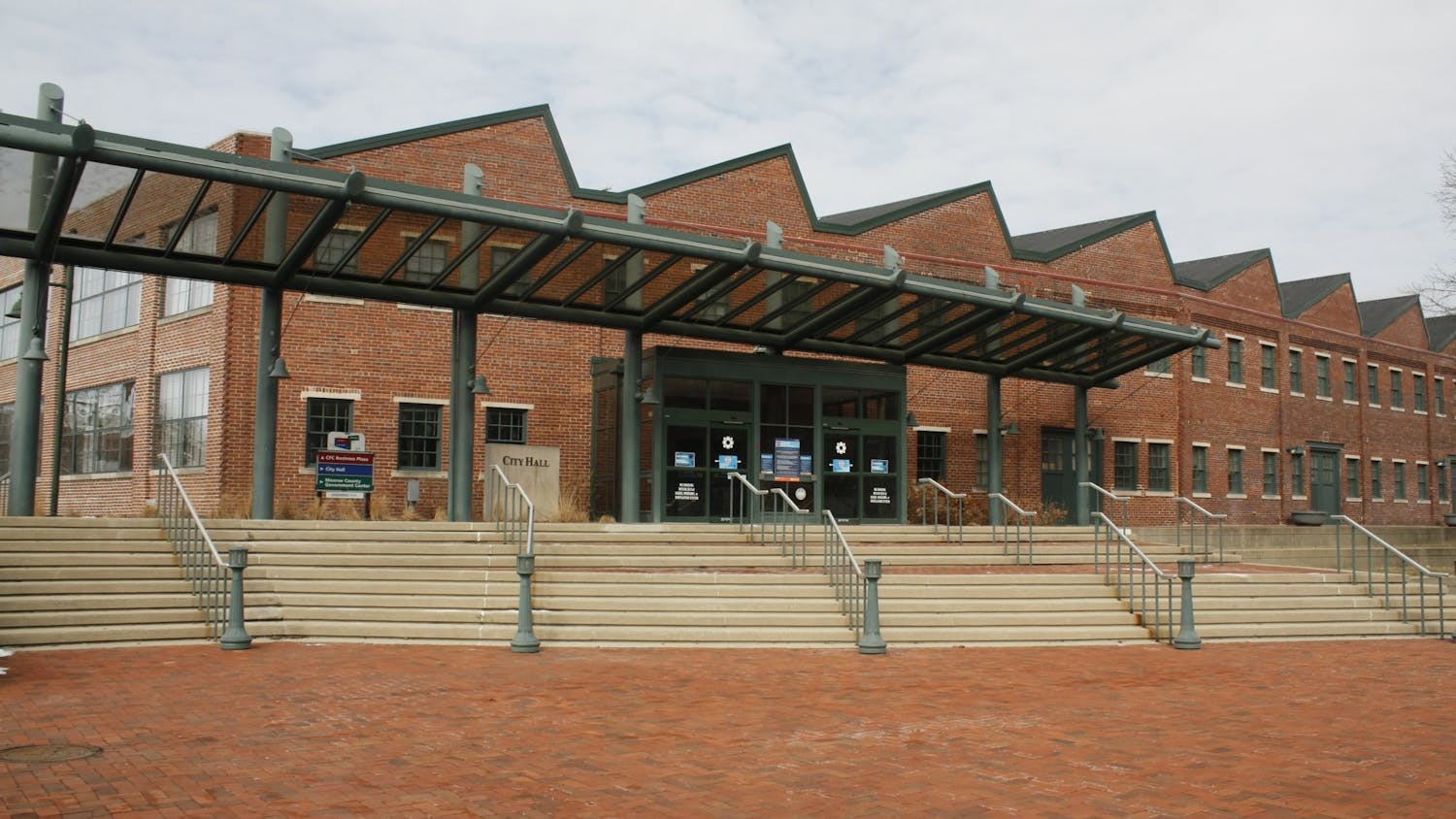LUCKNOW, India – Torrents of water washed away homes, crops and cows, leaving hungry and frightened villagers perched in treetops or on roofs as the death toll rose Friday from monsoon rains across northern India and Bangladesh.\nVital to farmers, the annual rains are a blessing and a curse for the subcontinent, a fact highlighted by official tallies: At least 186 people have been killed and 19 million driven from their homes in recent days.\nEven in areas where the rains are no worse than usual, the monsoon disrupted life. In Mumbai, India, the country’s bustling financial capital, people waded through knee-deep water that covered many streets Friday after severe overnight rains flooded sewers.\nThe South Asian monsoon season runs from June to September as the rains work their way across the subcontinent. It’s always dangerous – last year more than 1,000 people died, most from drowning, landslides or house collapses.\nThis year, estimates of total deaths vary wildly from a few hundred to well over a thousand.\nWith hundreds of villages submerged across the fertile plains that stretch along the southern edge of the Himalayas, people were taking refuge wherever they could – in Uttar Pradesh state, in northern India, women and children were spotted screaming for help from treetops.\nIn parts of the state, where an additional 8 inches of rain fell on Friday alone, river levels rose so quickly that villagers had no time to save any belongings.\n“The gush of water was so sudden we did not get the time to react,” Vinod Kumar, a resident of a flooded village in Basti district, told Eenadu TV.\nHe made it out but lost everything. \n“We do not have food, kerosene or even a match box,” he said. “The officials are saying relief is coming, but nothing has come so far.”\nHealth workers were fanning out across parts of Bangladesh and India to try to prevent the spread of waterborne diseases like diarrhea, typhoid and cholera.\nIn northwestern Bangladesh, farmer Rahmat Sheikh and his family were among 2,000 people who fled their flooded village for higher ground in the Sirajganj district.\n“The floods have taken away all I had,” said the 40-year-old Sheikh. “Rice paddies in the field, two cows and my house all are gone. I don’t know how we will now survive.”\nSirajganj, 65 miles northwest of the Bangladesh capital of Dhaka, is one of Bangladesh’s hardest-hit areas, and officials said they were sending in food, water and medicine.\nLike most of those displaced, Sheikh will return to his village as soon as the waters recede and start rebuilding.\nThe more immediate problem is finding food. With many farms and crops destroyed, costing an already poor region millions of dollars, food shortages were becoming a pressing problem.
Monsoon floods displace 19 million people in India
Get stories like this in your inbox
Subscribe



